Edinburgh's Hogmanay founder Pete Irvine on how the event was born and has changed the city 30 years later
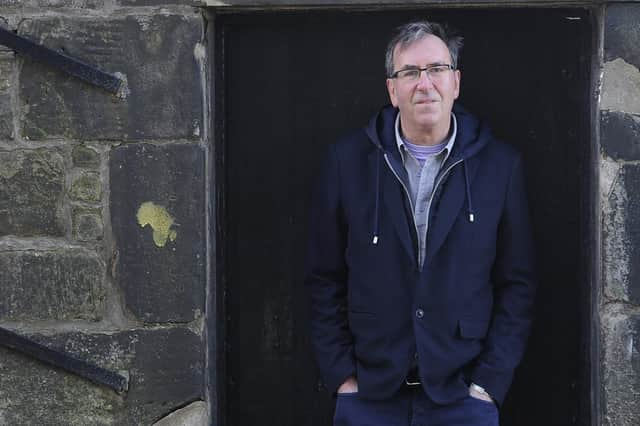

Born out of a summit of Europe’s leaders in Edinburgh, it would transform the festive season in Scotland’s capital and put Edinburgh firmly on the global tourism map.
Given that it is now 30 years since the city launched its own Hogmanay festival, it is hard to imagine Edinburgh without its world-famous new year event.
Advertisement
Hide AdAdvertisement
Hide AdBut the city did not even have a new year fireworks display 30 years ago until Pete Irvine and his then new company Unique Events came up with ideas to properly mark the occasion. And it might not have happened at all if Edinburgh had not been hosting an EU summit in 1992 – or had Glasgow not been Europe’s “Capital of Culture” two years earlier.
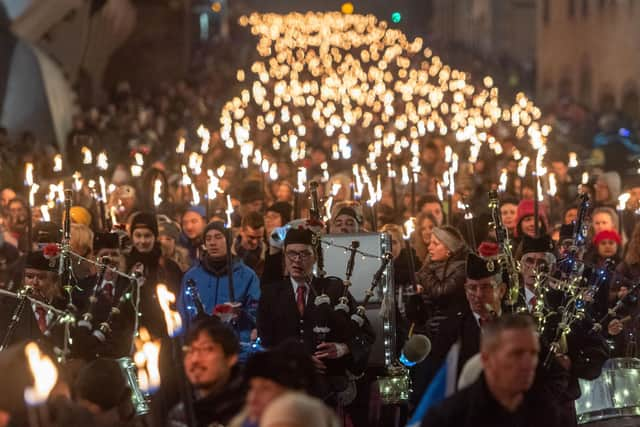

Regular Music, the company which Irvine and long-time business partner, Barry Wright, had launched in the late 1970s, had dominated Scotland’s 1980s music scene and expanded into stadium concerts by the time they were asked to tackle some of the most high-profile events in Glasgow's 1990 programme.
Their track record led to them being asked to put on a public programme of public events to coincide with an EU summit in December 1992. Described as “A Unique Event for the City of Edinburgh,” the free open-air music and street theatre in the Royal Mile and Parliament Square would be the origins of Irvine and Wright's Unique Events company, as well as the Hogmanay festival.
Irvine recalls: “The crucial thing about the European Summit was it was in December. There were going to be a lot of dignitaries travelling between the castle and the palace.
"It was the first time there had been an event arena on the streets in Edinburgh. It was free, the weather wasn’t that bad, lots of people turned up and it was very atmospheric. The whole thing worked.”
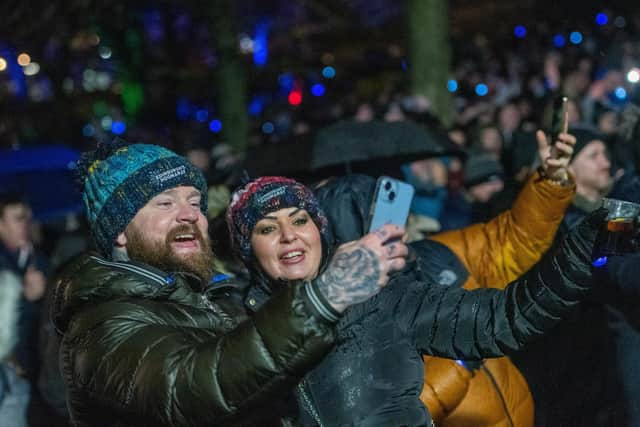

Irvine credits Abigail Carney and Roger Carter, then working for the fledgling Edinburgh Tourist Board, with the original idea of an event to attract more visitors in winter.
Irvine said: “If we had a brief at all it was very outline. It was about having an event which could attract and hold tourists. There was a whole period in the city when there was nothing really happening.
Advertisement
Hide AdAdvertisement
Hide Ad“I was very clear that there should be a really big event on Hogmanay night, with fireworks and music in the gardens. It was also really important that it had to run three or four days, to keep people here on New Year’s Day. I thought we needed something for local people and that’s where the torchlight procession came from.
“The council, Scottish Enterprise and the Scottish Office all had people who could make things happen. It was the right time to launch the event as it was a time of optimism. You wouldn’t get the funding now."
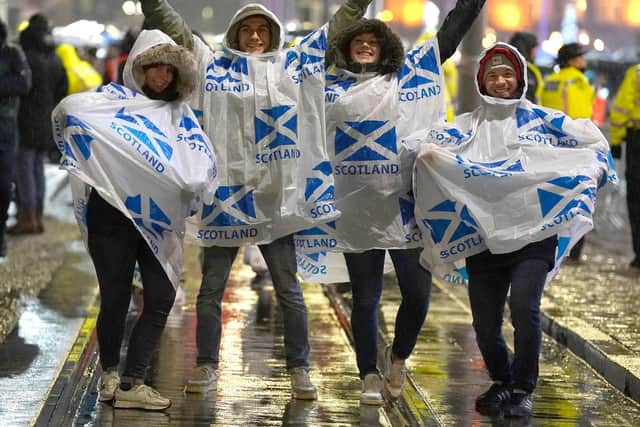

The first festival saw Gaelic folk-rock group Capercaillie, the Scottish Fiddle Orchestra and the cast of stage musical Les Miserables perform below Edinburgh Castle, while 70,000 revellers turned up for the unticketed party on Princes Street.
Recalling the festival’s early years, Irvine said: “It became obvious after the first event that it was too good not to do it again.
“I really wanted it to work artistically and in terms of audience satisfaction. I wanted the people of Edinburgh to feel good about it and feel as if it made their city look great. It was important that it really worked in those first few years and it did.
“It was exhilarating and exciting in every way, but it was hugely stressful and a massive risk for the city and its reputation, and a risk for our small company. We were responsible for the budget and making it work. There was so much that could go wrong.”
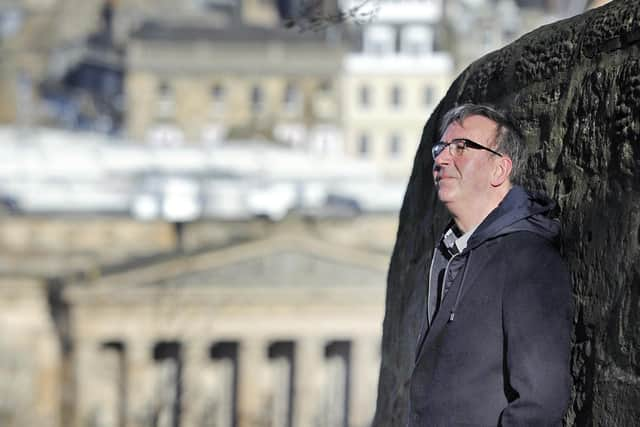

After attracting growing international media coverage, things would go badly wrong in the fourth year, when it became obvious that Princes Street could not safely accommodate more than 300,000 revellers who turned up, with hundreds of them treated in hospital.
Advertisement
Hide AdAdvertisement
Hide AdIrvine recalled: “It was obviously dangerous and deeply disturbing. The public felt that as well. We had to ask ourselves if we could continue. All the people who had brought the event into being could see how good it was and didn’t want to throw it away.
“I felt we couldn’t really do without the street party. We came up with a plan to put up a perimeter the following year, which was very radical at the time.
“The capacity came down over the years because we wanted it to be safe and comfortable. Safety became the key word.”
After a ticketing system, safety barriers and extensive stewarding were successfully introduced, Irvine’s focus was on ensuring Edinburgh had the world’s biggest celebration in place for the Millennium.
He recalled: “I could see it was going to be very important. By then, Edinburgh was known internationally as the home of Hogmanay. Nobody else was doing anything other than fireworks. I felt we had the stage to ourselves and that it had to be really special.
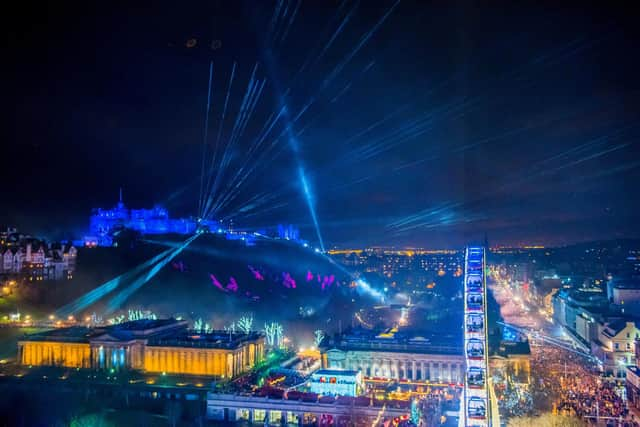

“After the Millennium, it wasn’t a case of trying to top that, but keeping the event going. I thought the city was going to tell us it couldn’t afford it. It was an effort to bring it back. We had to find a way to reduce the capacity of the street party. We got really important government funding for the torchlight procession and New Year’s Day events.”
Edinburgh’s reputation suffered after two extreme weather cancellations of the main events in 2003-4 and 2006-7.
Advertisement
Hide AdAdvertisement
Hide AdIrvine said: “We wondered whether the second one was the start of a pattern. But we’ve been incredibly lucky. There have been very few really bad days over those 30 years.”
Irvine, who stepped down as Unique Events director in 2016, admits views are mixed in Edinburgh about the Hogmanay festival, but insists it has helped transform the city’s worldwide reputation and tourism industry.
He adds: “One of the reasons all those new hotels are opening in Edinburgh is because it’s a place to come in winter as well as summer. Tourism in Edinburgh is all-year round now, just like Barcelona, Amsterdam and Venice. It was never like that before.”
Comments
Want to join the conversation? Please or to comment on this article.
